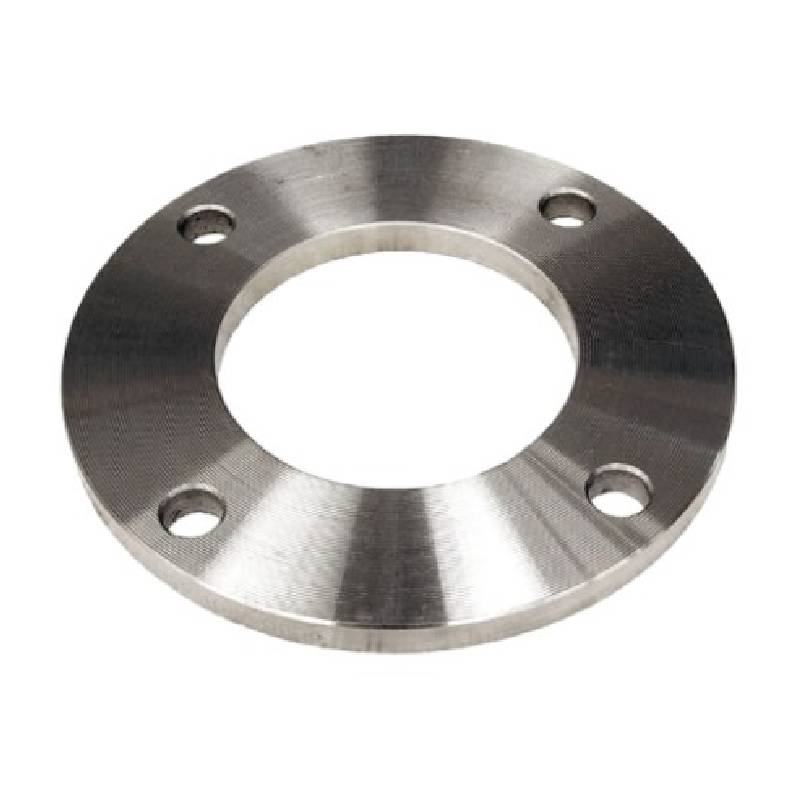-
Cangzhou Yulong Steel Co., Ltd.
-
Phone:
+86 13303177267 -
Email:
admin@ylsteelfittings.com
- English
- Arabic
- Italian
- Spanish
- Portuguese
- German
- kazakh
- Persian
- Greek
- French
- Russian
- Polish
- Thai
- Indonesian
- Vietnamese
- Zulu
- Korean
- Uzbek
- Hindi
- Serbian
- Malay
- Ukrainian
- Gujarati
- Haitian Creole
- hausa
- hawaiian
- Hebrew
- Miao
- Hungarian
- Icelandic
- igbo
- irish
- Japanese
- Javanese
- Kannada
- Khmer
- Rwandese
- Afrikaans
- Albanian
- Amharic
- Armenian
- Azerbaijani
- Basque
- Belarusian
- Bengali
- Bosnian
- Bulgarian
- Catalan
- Cebuano
- China
- China (Taiwan)
- Corsican
- Croatian
- Czech
- Danish
- Esperanto
- Estonian
- Finnish
- Frisian
- Galician
- Georgian
- Kurdish
- Kyrgyz
- Lao
- Latin
- Latvian
- Lithuanian
- Luxembourgish
- Macedonian
- Malgashi
- Malayalam
- Maltese
- Maori
- Marathi
- Mongolian
- Myanmar
- Nepali
- Norwegian
- Norwegian
- Occitan
- Pashto
- Dutch
- Punjabi
- Romanian
- Samoan
- Scottish Gaelic
- Sesotho
- Shona
- Sindhi
- Sinhala
- Slovak
- Slovenian
- Somali
- Sundanese
- Swahili
- Swedish
- Tagalog
- Tajik
- Tamil
- Tatar
- Telugu
- Turkish
- Turkmen
- Urdu
- Uighur
- Welsh
- Bantu
- Yiddish
- Yoruba

Sep . 03, 2024 23:13 Back to list
flanges and fittings
Understanding Flanges and Fittings Essential Components in Piping Systems
In the world of pipelines and fluid transportation, flanges and fittings play a critical role in ensuring secure, efficient, and leak-proof connections. These components are indispensable in various industries, including oil and gas, water treatment, chemical manufacturing, and construction. Understanding the types, uses, and specifications of flanges and fittings is vital for anyone involved in the design, maintenance, or installation of piping systems.
What are Flanges?
Flanges are flat pieces of metal with holes around their circumference, allowing them to be bolted to another flat surface. Their primary function is to connect two sections of pipe or other equipment in a pipeline system. Flanges create a mechanical connection that can withstand high pressures and temperatures, which is essential for safe operation.
There are several types of flanges, each serving different purposes. The most common types include
1. Weld Neck Flanges These flanges have a long tapered neck that helps weld the flange to the pipe. They are ideal for high-pressure applications and provide excellent strength and stability.
2. Slip-On Flanges Designed to slip over the pipe, these flanges are welded both inside and outside to ensure a secure fit. They are easy to install and are often used in lower-pressure systems.
3. Blind Flanges These flanges do not have a hole in the center, making them useful for closing off ends of piping systems. They are critical for maintenance purposes, allowing for easy removal and servicing of pipes.
4. Socket Weld Flanges These flanges are fitted into the pipe, providing a smooth bore and reducing turbulence. They are typically used for small-diameter pipes in high-pressure environments.
What are Fittings?
flanges and fittings

Fittings are components used to connect different sections of pipes, change the direction of the flow, or provide access to the piping system. Unlike flanges, which primarily join sections of pipes, fittings are more versatile and can include elbows, tees, reducers, and couplings.
1. Elbows Allow for changes in direction, typically at 90 or 45 degrees. They are essential for navigating around obstacles in a piping layout.
2. Tees Enable the branching of a single pipe into two directions, making them useful in many applications.
3. Reducers Used to connect pipes of different diameters, allowing for smooth transitions in flow and pressure.
4. Couplings Connect two pipes of the same diameter, providing a straightforward solution for extending pipe lengths.
Material Considerations
Both flanges and fittings are made from various materials depending on the application requirements, such as pressure, temperature, and the type of fluid being transported. Common materials include carbon steel, stainless steel, and PVC. The choice of material affects not only the durability and performance of the components but also their resistance to corrosion, thermal expansion, and stress.
Conclusion
Flanges and fittings are essential elements in any piping system, providing the necessary connections and direction changes to ensure efficient fluid transport. By understanding the different types and their applications, as well as the materials used in their manufacturing, engineers and technicians can make informed decisions that enhance the reliability and safety of their piping systems. Whether it’s in energy production, chemical processing, or municipal water supply, the importance of choosing the right flanges and fittings cannot be overstated. Investing time and resources in selecting appropriate components will yield significant benefits in the long run, including reduced maintenance costs and improved system performance.
Latest news
-
ANSI 150P SS304 SO FLANGE
NewsFeb.14,2025
-
ASTM A333GR6 STEEL PIPE
NewsJan.20,2025
-
ANSI B16.5 WELDING NECK FLANGE
NewsJan.15,2026
-
ANSI B16.5 SLIP-ON FLANGE
NewsApr.19,2024
-
SABS 1123 FLANGE
NewsJan.15,2025
-
DIN86044 PLATE FLANGE
NewsApr.19,2024
-
DIN2527 BLIND FLANGE
NewsApr.12,2024
-
JIS B2311 Butt-Welding Fittings LR/SR 45°/90° /180°Seamless/Weld
NewsApr.23,2024











